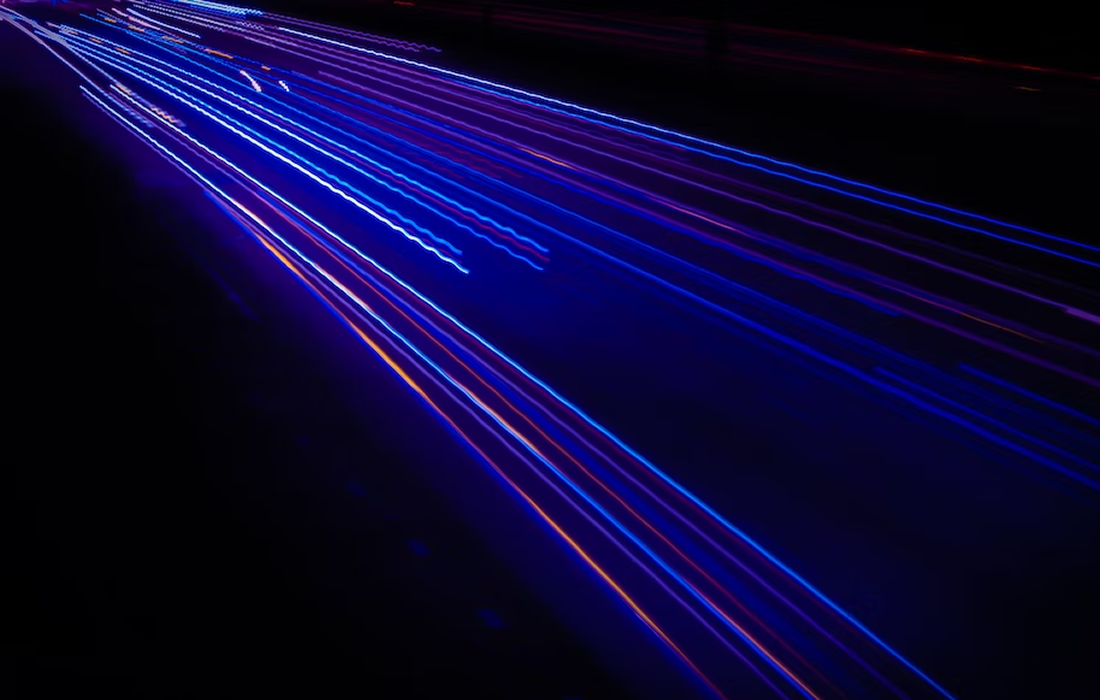Regenerative Medicine News and General Information
New Therapy Using LED Light to Target Tumors on Cancer Treatment
- Researchers say a new cancer treatment using LED lights implanted near tumors is showing promise.
- They say the treatment works by the lights targeting the tumors and activating biotherapeutic drugs.
- Experts say the research looks promising but the treatment could be complicated and requires more study.
Oncologists and cancer researchers often describe their work as “shining a light on cancer.”
Now, a study published in the journal Nature Chemical Biology suggests that cancer researchers are inching closer to actually using light to help fight this deadly disease.
At the University of East Anglia (UEA) in the United Kingdom, researchers are studying the feasibility of light-activated cancer treatments.
This involves switching on LED lights that have been embedded close to a tumor, which would then activate biotherapeutic drugs.
Some scientists suggest that these new targeted treatments could be more effective than current state-of-the-art cancer treatments.
And they could substantially reduce the amount of toxins in the body.
Targeting cancer tumors
Current cancer treatments such as chemotherapy kill cancer cells but can also damage healthy cells and cause a number of side effects.
Amit Sachdeva, PhD, an associate professor at the UEA’s School of Chemistry and the principal scientist for the new study, told Healthline that selective targeting of the tumor cells is a major challenge in cancer therapy.
“Several antibodies and antibody fragments have been developed that bind to the cell surface receptors on cancer cells, deliver cytotoxic drugs, and/or mark cells for destruction by the immune system,” he said. “These are often marketed as targeted therapeutics. But the same cell surface receptors are present on healthy cells, thus these antibodies and antibody fragments cause side effects.”
Using light to attack cancerous tumors
To address this challenge, Sachdeva said his team developed antibody fragments that are not only activated by light but also form a covalent bond with the target receptors upon irradiation with light of a specific wavelength.
“Light-dependent activation of antibodies at the site of the tumor would ensure that the drug is activated at a specific site, so it would have fewer side effects,” he explained.
Sachdeva added that light-mediated cancer therapy could be used for the treatment of solid tumors in the future, but not for the treatment of non-localized cancers such as leukemia.
“In layman’s language: If cells in our body were houses in a city and we want to deliver letters to a specific address, we need both the postcode and the house number,” he said. “If we extend this analogy to various drugs used in cancer treatment: Drugs that are often used in chemotherapy have no postcode or house number – these drugs have very little targeting.”
Technology is conceivable but may be complicated
Piotr Grodzinski, PhD, is a branch chief in the Nanodelivery Systems and Devices Branch (NSDB) within the Cancer Imaging Program at the Division of Cancer Treatment and Diagnosis at the National Cancer Institute.
He directs the NCI Alliance for Nanotechnology in Cancer program dedicated to the development of nanotechnology-based cancer interventions and oversees grants and programs in the space of novel cancer diagnostics and therapeutics based on nanotechnology.
“Scientists use different triggers including light to promote drug accumulation or drug release at the tumor site”, Grodzinski told Healthline.
“When any cancer drug is injected systemically into the body, only a very small percentage of that dose gets to the tumor site. It can be much less than one percent,” he said.
Grodzinski noted that scientists are trying to develop targeting techniques allowing for improvements and better accumulation of the drug at the tumor and the reduction of side effects associated with undesirable drugging of healthy tissues.
“Antibodies and antibody fragments have been used for specific tumor cell targeting,” he explained. ”The specificity and stability of bonding effect vary. Authors of this paper developed an innovative photoreactive chemistry permitting to improve bond stability of antibody fragments – EGFR (epidermal growth factor receptor) with UV light.”
“I would say that this is an interesting early chemistry demonstration strategy that can potentially improve drug accumulation and its residence at the tumor site,” Grodsinski added. “Much more work will need to be done to further demonstrate utility and efficacy of this technology in animals and to overcome shallow tissue penetration of UV-light to make the approach usable in a range of different cancers.”
Sachdeva said that, unlike antibodies that bind to specific receptors to cause cell death, drugs used in photodynamic therapy have no selectivity after activation and can also cause cancer.
What is the potential for this technology?
“This light-mediated cancer therapy technology could be used for the treatment of solid tumors in the future, but not for treatment of non-localized cancers such as leukemia,” he said.
Sources:
Bridge, T., Wegmann, U., Crack, J.C. et al. Site-specific encoding of photoactivity and photoreactivity into antibody fragments. Nat Chem Biol (2023). https://doi.org/10.1038/s41589-022-01251-9
Jamie Reno. (February 16, 2023). Cancer Treatment: New Therapy Using LED Light to Target Tumors Shows Promise. Healthline. Retrieved February 21, 2023 from https://www.healthline.com/health-news/cancer-treatment-new-therapy-using-led-light-to-target-tumors-shows-promise
Image from:Photo by Clyde He on Unsplash

